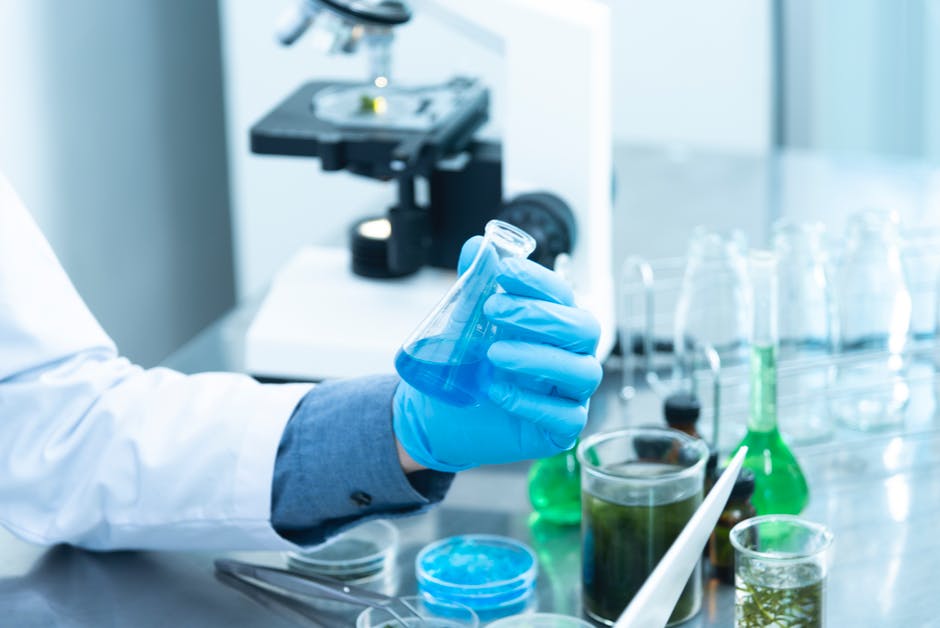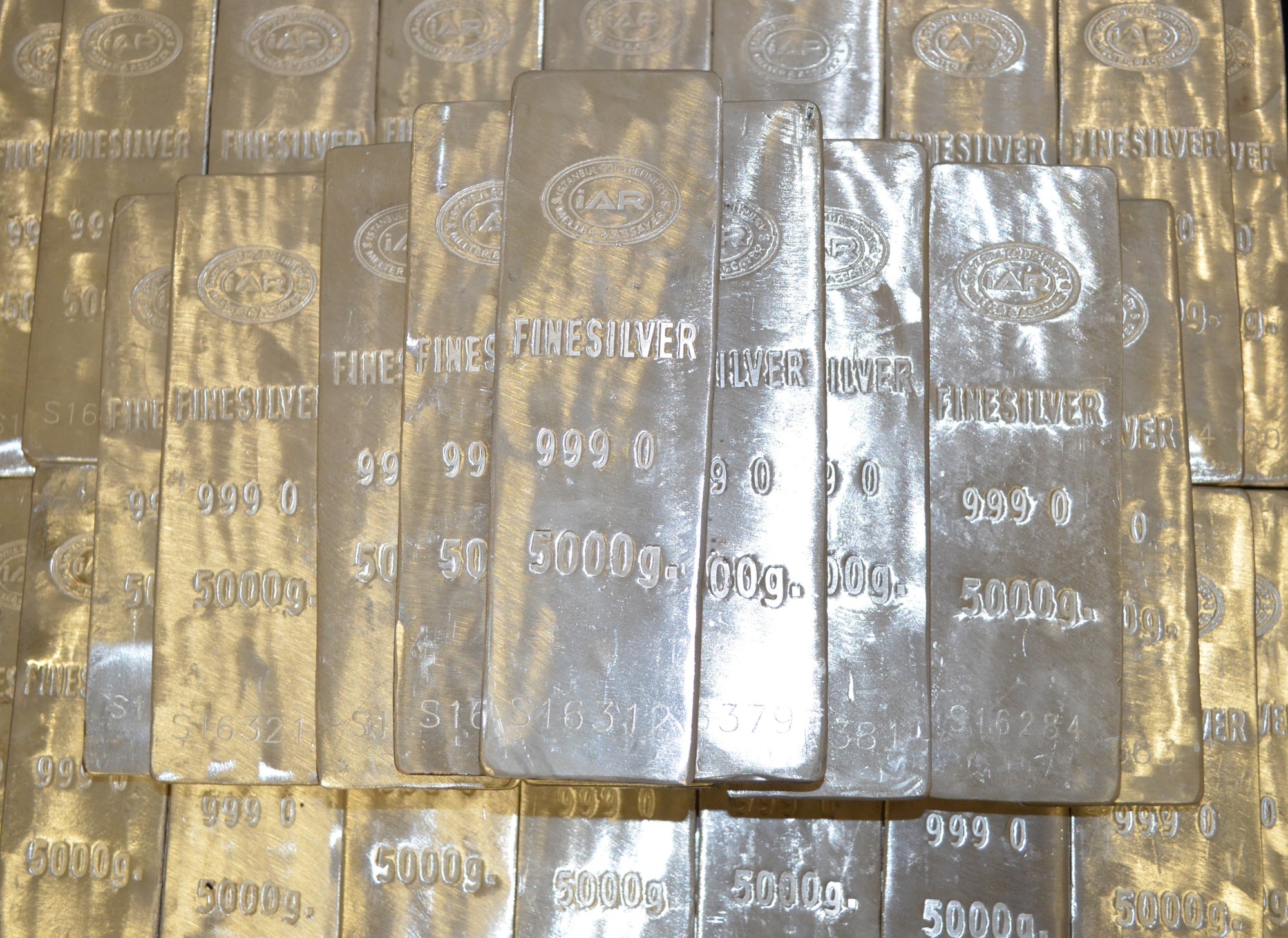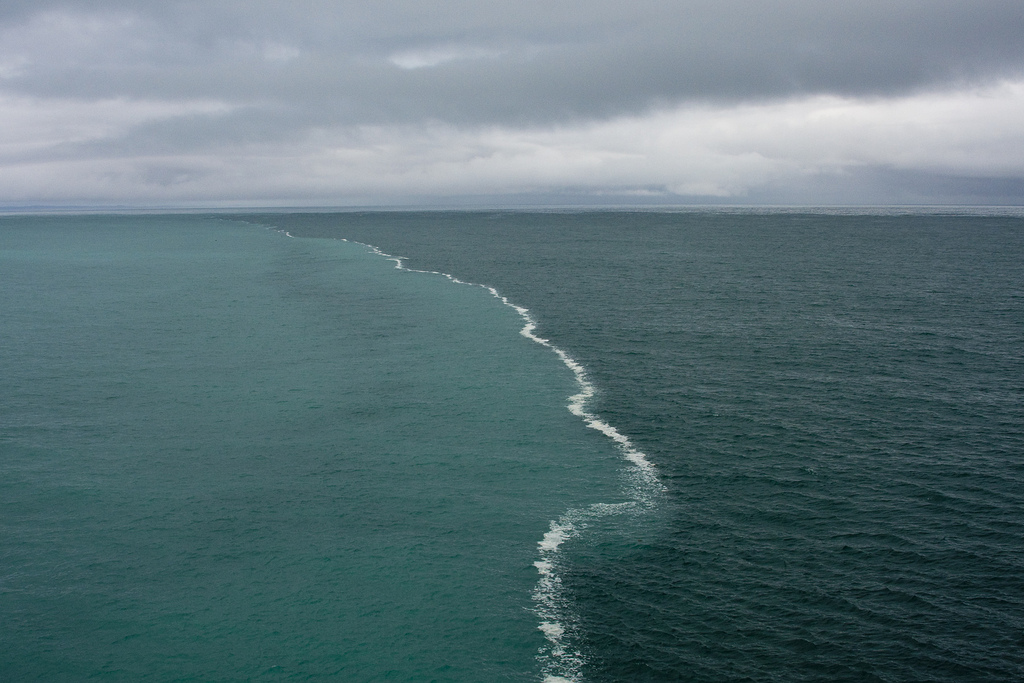7 Discoveries in Chemistry That Changed the World

When compared to the medical relevance of biology or the wonders of space studied in physics, chemistry tends to get overlooked. But this scientific field has resulted in a variety of life-changing discoveries — some of which you may not even realize!
Ready to learn more about the wonders of chemistry? Here are seven chemistry discoveries that helped shape the modern world.
1. Penicillin
The discovery of penicillin was, like many things in science, a complete accident. In 1928, Alexander Fleming noticed mold growing on his Petri dishes was able to suppress bacterial growth.
After a series of experiments, he isolated the mold type: penicillium mold. He also discovered that it was non-toxic.
It took ten years before a team of chemists, led by Howard Florey and Ernst Chain, were able to turn this mold into medicine. They then worked out a way to purify penicillin from the mold in high enough quantities to manufacture. Flemming, Florey, and Chain were all awarded the Nobel Prize in 1945.
Penicillin was the first antibiotic. Its creation during World War II saved thousands of soldiers’ lives from wound-related infections. Since then, it has saved countless more by fighting bacterial diseases we face every day.
2. Polythene
Polythene is one of the most common types of plastics. The first person to produce polythene was Hans von Pechmann, and it was also an accident. While working on another experiment, he noticed a waxy substance in his test tubes.
After studying the material, he realized it was made up of long molecular chains. He named them polymethylene. But their means by which they were able to produce this plastic weren’t viable for production.
Another group at the ICI discovered the same material during an oxygen leak while working on high-pressure reactions. They were then able to produce this on a large scale.
Plastic bags and other waste uses polythene, which might make you question why this is a celebrated achievement. But did you know that it’s also used to make photography or movie films? Or that it can create geomembranes to control fluid movement in man-made structures?
Polythene has a variety of uses, both good and bad, that help shape the world in which we live.
3. The Haber-Bosch Process
In 1910, Fritz Haber and Carl Bosch created ammonia from hydrogen and oxygen in the atmosphere. While that might not sound useful, ammonia is critical for manufacturing plant fertilizers.
By mass-producing plant fertilizers, farmers could grow more food. With more food, more people had access to food. This resulted in exponential population growth.
Before the Haber-Bosch process, the population grew by about 500 million people during the previous century. The population increased by about 6 billion people in the century since its invention. These numbers are a testament to the importance of this process for sustaining life on this planet.
4. Silicon Nitride Coating
Speaking of ammonia, it’s also required for silicon nitride coatings. It’s created by subjecting tetrabromosilane to a chemical reaction and then adding ammonium. Learn more info here about this precursor chemical required to make silicon nitride coatings.
Silicon nitride has a high melting point and is chemically inert with high thermal stability. These qualities make it a perfect coating to protect a variety of objects in our everyday life. It’s used in everything from ceramics to cutting tools — to even car manufacturing.
5. Pasteurization
Pasteurization isn’t just one of the important chemistry discoveries. It might be one of the most important discoveries in all science.
In the 1800s, Louis Pasteur discovered a way to keep beverages fresh for longer. All you had to do was heat the drink and then rapidly cool it down: a process called pasteurization. Today, pasteurization is essential for delaying spoilage caused by microbes.
Pasteurization reduces pathogens in food and drinks without losing properties ruined by sterilization. This method of protection has saved lives by preventing the spread of disease. It has also contributed a means by which we can mass-produce food for future consumption.
6. 5CB
Did you know the first LCD (liquid crystal display) screens were invented in the 60s? But at the time, they were only able to work at very high temperatures. That’s because these crystals were only in their liquid form at high temperatures.
To solve this, Geroge Gray synthesized 4-cyano-4-pentylbiphenyl, also known as 5CB. This compound is in liquid form at room temperature. This, in turn, makes it possible to use LCD screens at normal temperatures.
Today, 5CB is only used in older technology, like kid’s watches and calculators. But even our phones and computers today built upon the foundations of 5CB.
7. Taxol
During the 1950s and 1960s, the National Cancer Institute tested over 30,000 natural compounds to look for possible cancer cures. In 1962, after testing a sample of a Pacific yew tree from Washington State, scientists discovered a compound that was toxic to living cells. More testing revealed that this compound stops cell division, making it a great potential treatment for cancer.
But the word of this miraculous tree soon spread. Because this uncommon tree grows very slowly, it was soon over-harvested and sold on the black market. Even trees in national parks and other protected places were targeted.
It wasn’t until 1994 that scientists were able to solve this problem. A research team at Florida State University were able to create synthetic Taxol. Today, Paclitaxel is the chemotherapy drug on the market thanks to this synthetic production process.
Aren’t These Chemistry Discoveries Amazing?
These seven chemistry discoveries show how amazing this scientific field is. From medicine to food safety to everyday life, it’s clear the fascinating impact chemistry has had on the world.
Want to stay up to date on the latest digital health and life science trends? Remember to check back here at The Healthcare Guys often and learn how healthcare and technology intersect!



